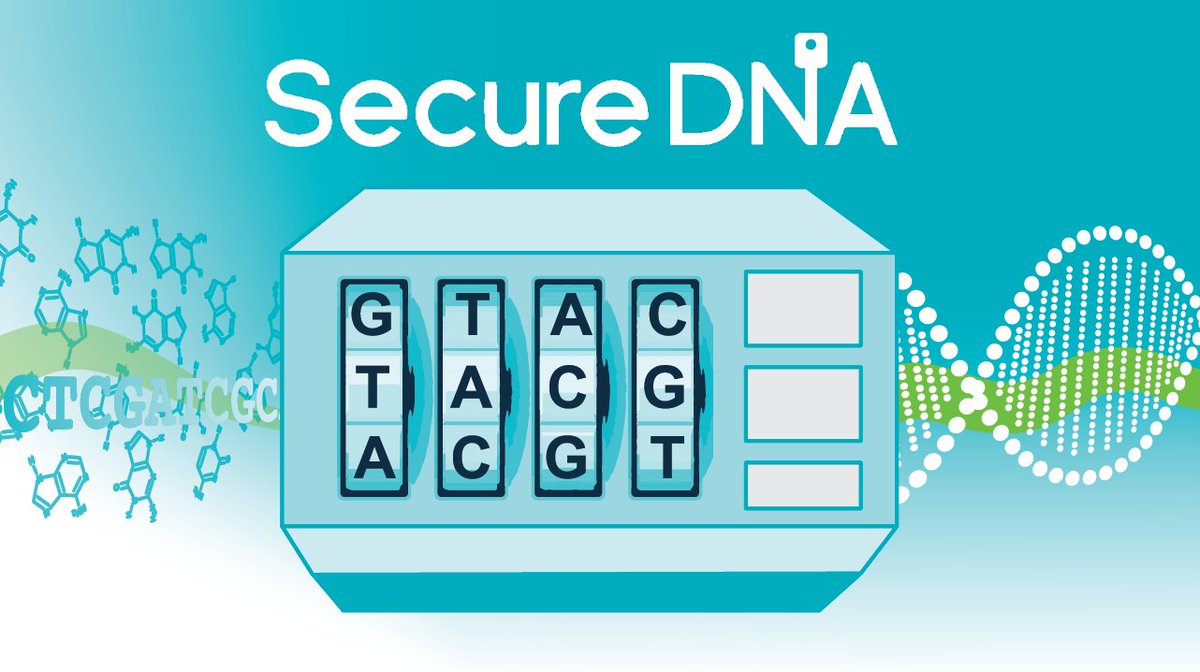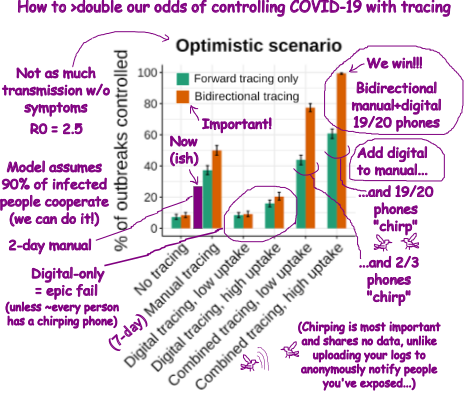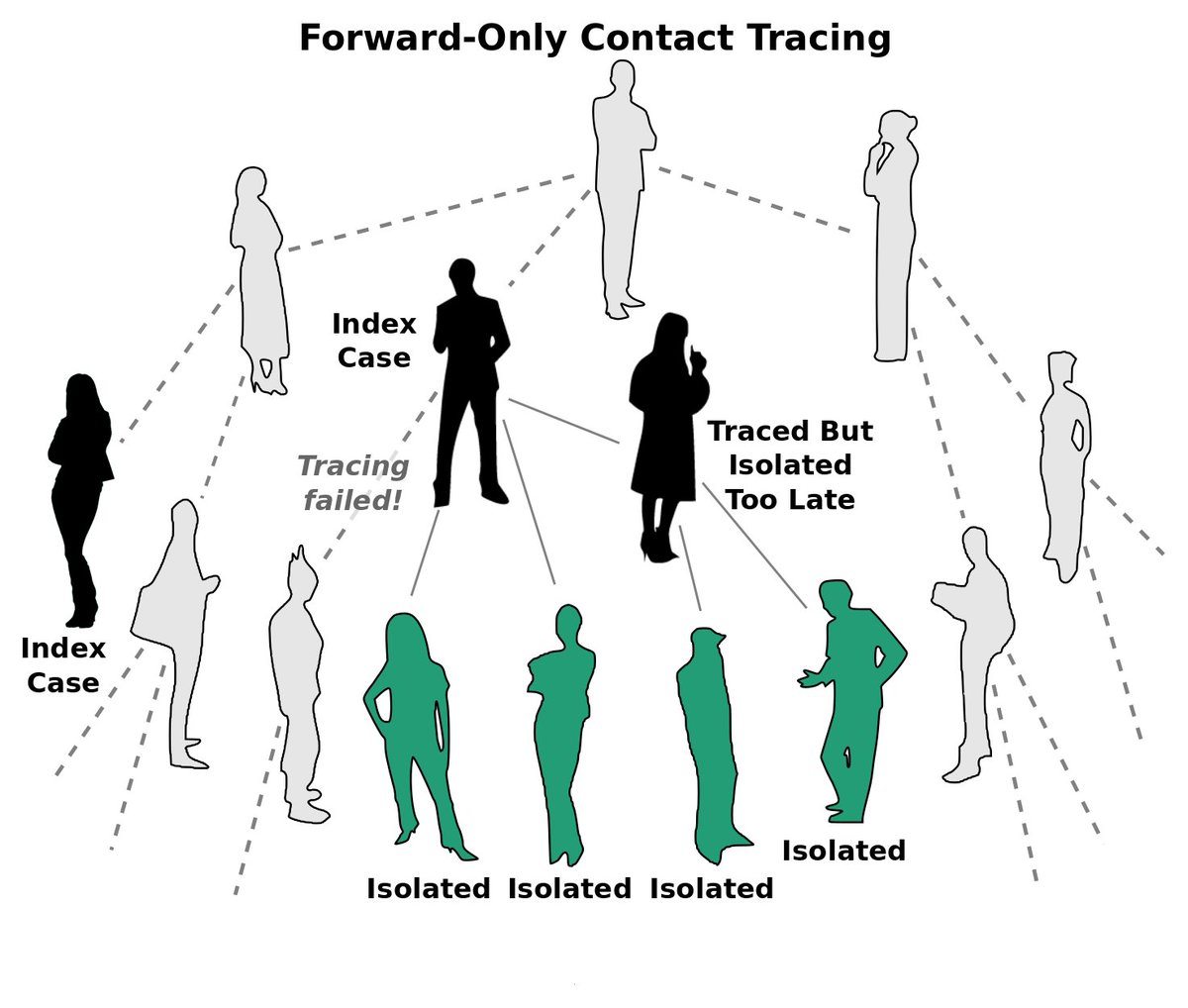
We need early warning to detect epidemics before they grow into pandemics, public health to lead the response, and protective equipment to reduce baseline transmission. For this last, the American Pandemic Preparedness plan includes $5.2B. 1/18
https://twitter.com/kesvelt/status/1435974575196712964
IV Building Core Capabilities
8. Personal Protective Equipment: $3.1B. Develop better protective gear for the next pandemic and update buildings to block transmission. 2/
8. Personal Protective Equipment: $3.1B. Develop better protective gear for the next pandemic and update buildings to block transmission. 2/
+ N95s are imperfect, uncomfortable, and ugly: we need reliable, comfortable, and fashionable
+ Easy to manufacture is key to making enough for everyone
+ Respiratory is the big one, but worth blocking surface transmission too 3/
+ Easy to manufacture is key to making enough for everyone
+ Respiratory is the big one, but worth blocking surface transmission too 3/
+ Cheap building upgrades might go far in blocking transmission
+ Example: Far-UVC LEDs in every lightbulb could kill airborne viruses without harming us
+ Example: Ventilation is hugely protective vs respiratory viruses; now add air curtains 4/
+ Example: Far-UVC LEDs in every lightbulb could kill airborne viruses without harming us
+ Example: Ventilation is hugely protective vs respiratory viruses; now add air curtains 4/
- No mention of powered air-purifying respirators as an example goal of near-100% blocking
- No funds to make next-gen PPE once developed, support commercial ventures, etc 5/
- No funds to make next-gen PPE once developed, support commercial ventures, etc 5/
Key question: would it help us in a pandemic with a 30% mortality rate? I wouldn’t go out in an N95, but would w/ a powered air-purifying respirator. Want essential workers to keep things running? Give them near-perfect protection. 6/
cdc.gov/coronavirus/20…
cdc.gov/coronavirus/20…

I’d like to see PPE – readily manufactured, cheap enough for all, and 99+% protective for the average user – that is comfortable enough to be worn all day and fashionable enough for the runway. Involve designers in development! 7/
If everyone had a private, comfortable HEPA-filtered air supply (and couldn’t touch their face while wearing it), we wouldn’t need to fear truly nasty pandemics. When it’s life or death, eat at home. At least there’d be food. 8/
With good built environment tech that optimizes ventilation, uses air curtains to control aerosols, and degrades single-celled microbes and viruses, we’d be considerably safer, perhaps even able to eat safely in public. 9/
I’m particularly excited by far-UVC light, which studies suggest doesn’t harm our eyes or skin while doing a number on anything without an epidermis. We need more tests of that, and LEDs to make it. 10/
nature.com/articles/s4159…
nature.com/articles/s4159…
These are the kinds of tech we need to be completely safe from pandemics. Unlike vaccines, they’ll always work: if it can’t get to you, it can’t infect you. I’d like to see more than $3.1B devoted to it, but will take what we can get. 11/
9. Robust Internal Supply Chain: $2.1B. Refill our stockpiles of protective gear and make sure we can produce needed equipment in-country. That includes active pharmaceutical ingredients (APIs). 12/
+ Stockpiles of protective gear are a must
+ In-country sourcing
+ APIs, including for antibiotics (1918 flu killed by secondary infections) 13/
+ In-country sourcing
+ APIs, including for antibiotics (1918 flu killed by secondary infections) 13/
- This amount won’t outfit even 50 million essential workers with a powered respirator
- Let’s prioritize R&D first, then stockpile aggressively as the tech improves 14/
- Let’s prioritize R&D first, then stockpile aggressively as the tech improves 14/
APIs = active pharmaceutical ingredients needed to make pharmaceuticals. I’m skeptical about antivirals, but not about antibiotics, which would likely have saved most people who died of secondary infections from 1918 influenza. 15/
As for gear, powered air-purifying respirators run about $1000. If we ordered 50 million it’d cost ~half that or less. So ~$25 billion to outfit essential workers with today’s state of the art. R&D can make it better/cheaper, but only so much. 16/
As for gear, powered air-purifying respirators run about $1000. If we ordered 50 million it’d cost ~half that or less. So ~$25 billion to outfit essential workers with today’s state of the art. R&D can make it better/cheaper. 16/
Again with the goal: ensuring all essential workers have PPE sufficient to do their jobs in the teeth of a 30%+ lethality pandemic. To get there, we need to develop it. But we also need to buy enough. This won't suffice. 17/
That’s it for protective tech that, with early warning, will make pandemics and biological weapons obsolete. Funding this is exactly what we should do, only more so. Tell Congress! Tomorrow: biosafety, biosecurity, and catastrophic risk. 18/18 

• • •
Missing some Tweet in this thread? You can try to
force a refresh









